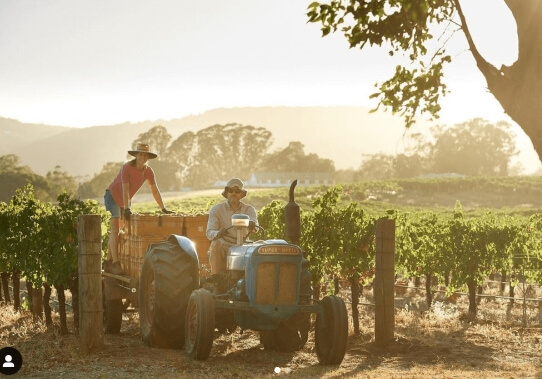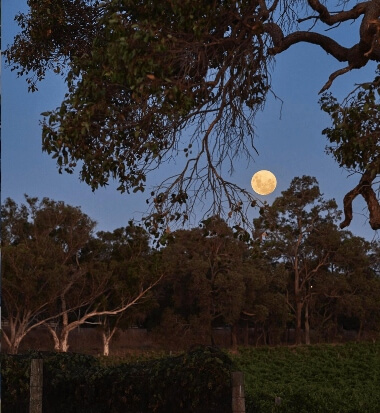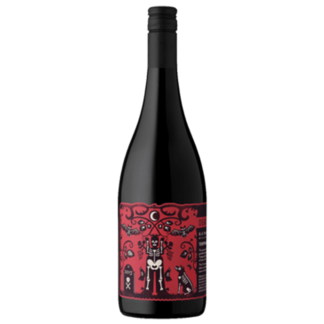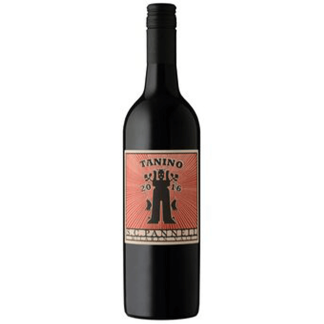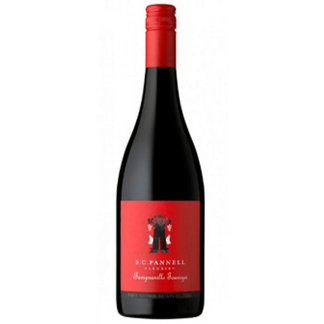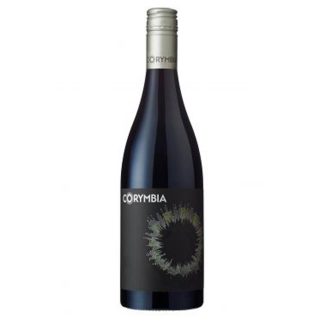Corymbia Wines Tempranillo Malbec 2023 (12 Bottles) Swan Bay
$522.00 GST Included
AUSTRALIA WIDE SHIPPING INCLUDED
Plenty of exotic spice, liquorice, walnut, new leather, cherry, blueberry, seaweed. Medium-bodied, a lovely grainy grip and chew to tannin, cherry, boysenberry and a pippy freshness to acidity, suffused with a ferrous and ‘mineral’ feel, umami and nutty, with a bright and flavoursome finish of excellent length. Texture. Charisma. Such a good wine. All the slate and good things that the Swan Valley can deliver. Superb. 95 points. Gary Walsh, The Wine Front Feb 2024
This vintage marks the 10th release of our Swan Valley red which is a huge milestone for Rob & Genevieve. Like proud parents at their child’s graduation having received an award, you want to shout out from the rooftops but realise you’re equally content reflecting on the milestone behind closed doors. 2023 was a beautiful mild vintage, coupled with a close connection to Rocket’s Vineyard and the Swan Valley, this allowed us to produce exactly what we want from a Swan Valley red wine.
We dedicate our single vineyard Swan Valley wines to Rob’s late father and former Australian Test Cricketer Tony “Rocket” Mann. Tony and Rob planted Rocket’s Vineyard together on their family property in the Swan Valley more than 35 years ago, on what was an old currant vineyard. The fruit is dry grown, organically farmed by Rob and Genevieve Mann. In July 2022 we proudly achieved “certified organic” status with ACO Certification Ltd.
The grapes were harvested by hand on the same day. The Tempranillo and Malbec fruit was individually berry sorted and combined prior to carbonic maceration and natural co-fermentation in a single French oak vat. Maturation followed in a seasoned 1600 litre French oak vat for 10 months. Deep vibrant magenta in colour. An aromatic pop of cherry, blueberry and Chinese five spice jumps from the glass. Medium weight with pomegranate, cocoa and squid ink umami fills the palate whilst soft gravelly tannins drive home a crunchy and vibrant finish.
Corymbia calophylla is the botanical name for the West Australian marri tree which grows tall and strong on the state’s best vineyard sites. The image is a graphical expression of the 12-month climatic data for the vintage year, whose form represents the marri blossom in full bloom. The 365 stamens represent the daily minimum and maximum temperatures against the monthly average. The darker colored blocks represent the monthly & average rainfall. January is at 12 o’clock and the red stamen was the harvest date. The infographic mimics our natural environment as its form changes subtly each year and is the purest expression of the vintage conditions in which our fruit was grown. Label design by graphic designer Emma Mann. – Rob & Gen Mann



